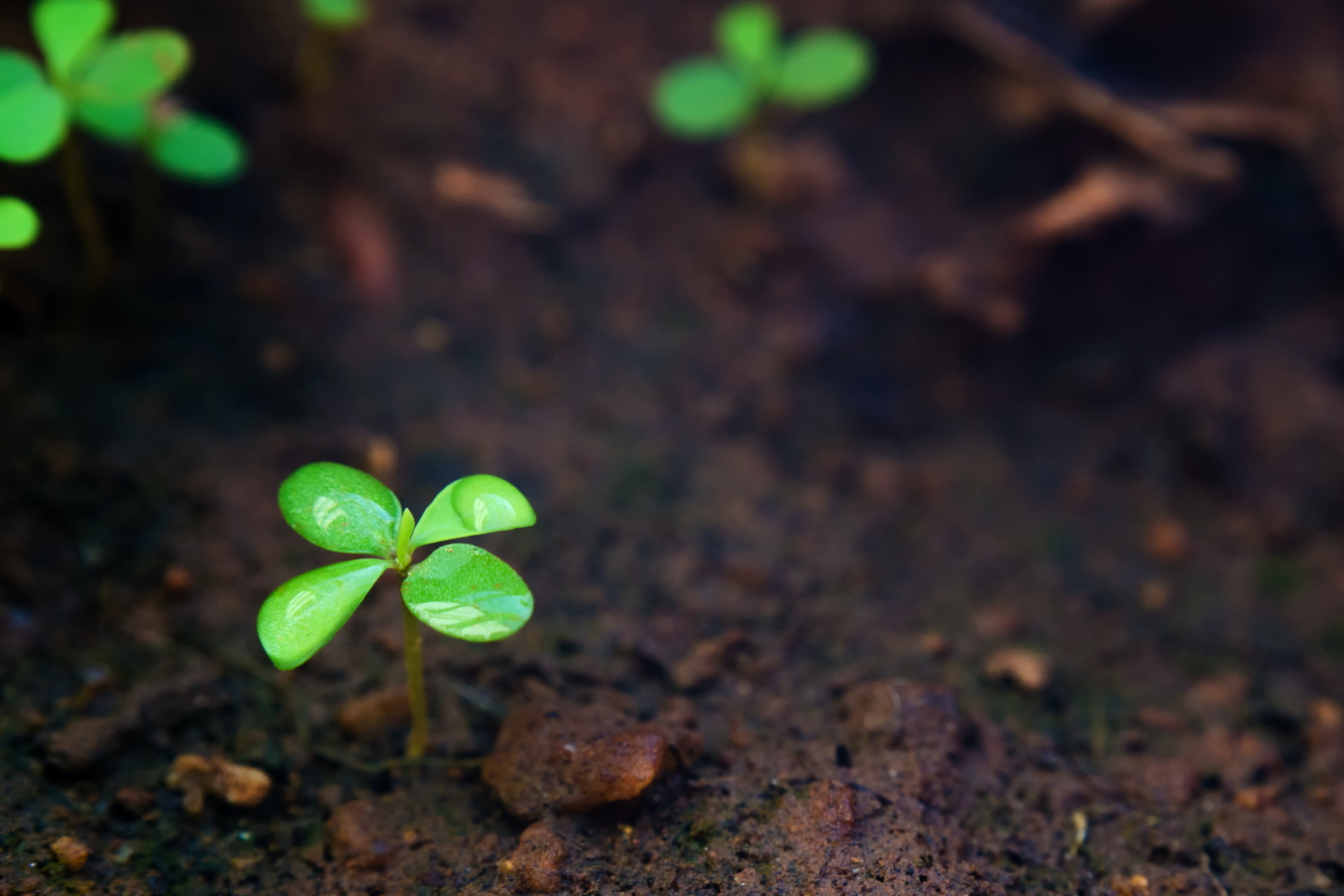Overview
Soil carbon is an important reservoir for atmospheric carbon dioxide and plays a critical role in the natural carbon cycle. How soil carbon stocks will respond to climate change depends on a biological response to abiotic factors like increases in temperature, changes in moisture, and changes in carbon inputs. Yet most carbon models rely on implicit rather than explicit representation of soil biology.
In this talk, we’ll explore why microbial explicit models are fundamentally different from the traditional implicit models, lay out some of the challenges in incorporating explicit microbial representation into these models, and discuss how viruses could help us get at some of the elusive parameterizations.

Bio
Dr. Todd-Brown is a computational biogeochemist who simulates how soils breath and links up data to support those simulations. She is an Assistant Professor at the University of Florida in the Department of Environmental Engineering Sciences. She has been a Postdoctoral Fellow (2019) at Wilfred Laurier University, a Distinguished Linus Pauling Postdoctoral Fellow at the Pacific Northwest National Lab (a United States Department of Energy laboratory in Richland, Washington) (2015-2018), and a Postdoctoral Researcher at the University of Oklahoma (2014). She received her PhD (2013) from the University of California, Irvine, from the Earth System Science Department. She also holds a Bachelor of Science (2004) from Harvey Mudd College in Claremont, California in Mathematics and worked as a software developer for bioinformatics tools at Massachusetts General Hospital in Boston, Massachusetts.
